
2-14 #ValentinesDay : Samsung and Huawei are reportedly ramping up efforts to create new foldable designs; Some smartphone manufacturers are reportedly preparing to stop making exclusive partnerships for imaging systems; etc.

Facebook owner Meta Platforms allegedly plans to deploy into its data centers in 2024 a new version of a custom chip aimed at supporting its artificial intelligence (AI) push. The chip, a second generation of an in-house silicon line Meta announced in 2023, could help to reduce Meta’s dependence on the Nvidia chips that dominate the market and control the spiraling costs associated with running AI workloads as it races to launch AI products. (CN Beta, The Verge, Coin Telegraph, Tom’s Hardware, Reuters)
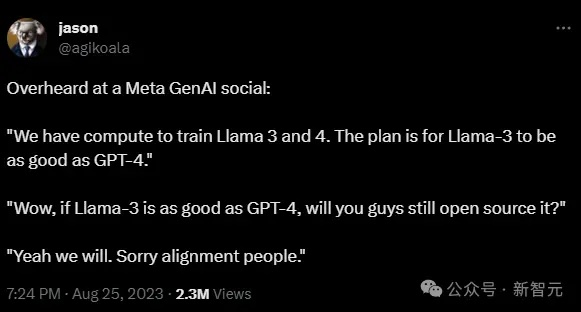
Qualcomm has announced the Snapdragon XR2+ Gen 2 chipset for extended reality (XR) headsets. The platform that will be used by Samsung and Google in their future headsets supports 4.3K resolution for each eye with up to 90 frames per second resolution. The XR2+ Gen arrives with a 15% higher GPU and 20% higher CPU max frequency compared with the regular XR2 Gen 2. The upgraded hardware allows dynamic foveated rendering, space warp, and game super-resolution even in 4K graphics. Qualcomm is using on-device AI that will support 12 or more concurrent cameras that should improve spatial interactions, including head, controller, facial expression, depth estimation, and 3D reconstruction. (GSM Arena, Qualcomm)
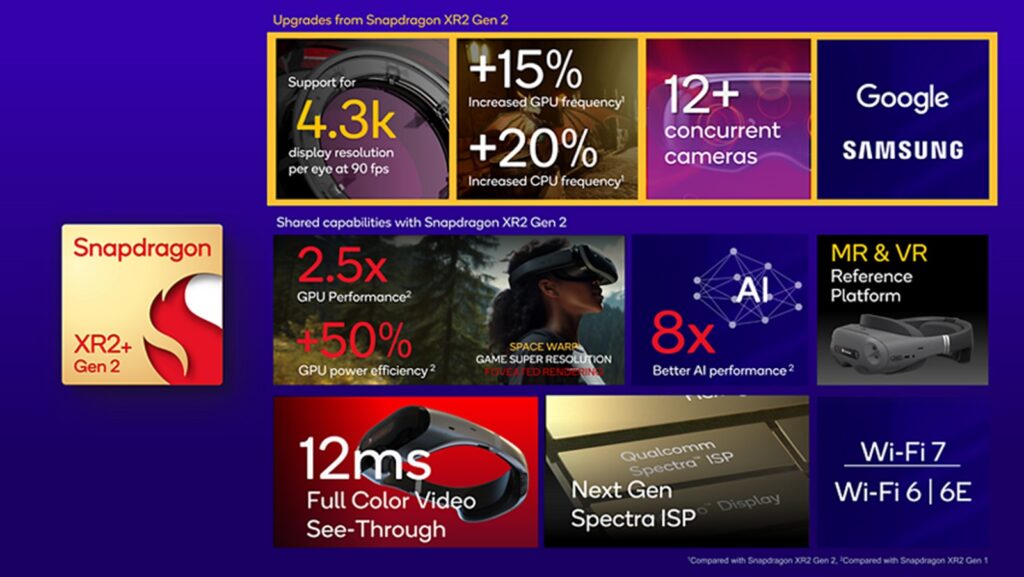
Nvidia has allegedly made a strategic move to pursue a USD30B custom chip opportunity. This pursuit comes in the form of a new unit within the company that will focus specifically on creating custom chips for a wide range of industries. Custom chips, also known as application-specific integrated circuits (ASICs), are designed to meet the specific needs of a particular application or industry. Nvidia controls about 80% of high-end AI chip market, a position that has sent its stock market value up 40% so far in 2024 to USD1.73T after it more than tripled in 2023. Nintendo’s current Switch handheld console already includes Nvidia’s Tegra X1 chip. A new version of the Switch console expected in 2024 is likely to include a Nvidia custom design. (CN Beta, Eurogamer, Reuters, The Star, Medium)
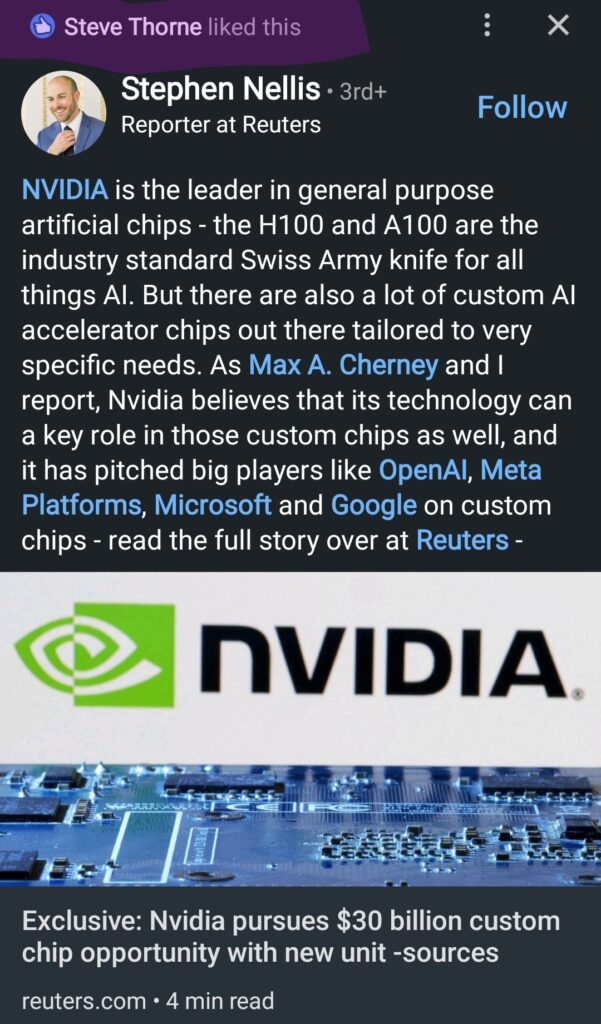
Sony Interactive Entertainment is reportedly developing a new portable gaming device. The upcoming portable system, tentatively called PlayStation Vita 2, will be powered by a new custom AMD processor. It is expected that the console will be able to natively run digital copies of PlayStation 4 games, whereas PlayStation 5 titles will require special patches developed by the games’ creators. (CN Beta, Mirror, Twitter)
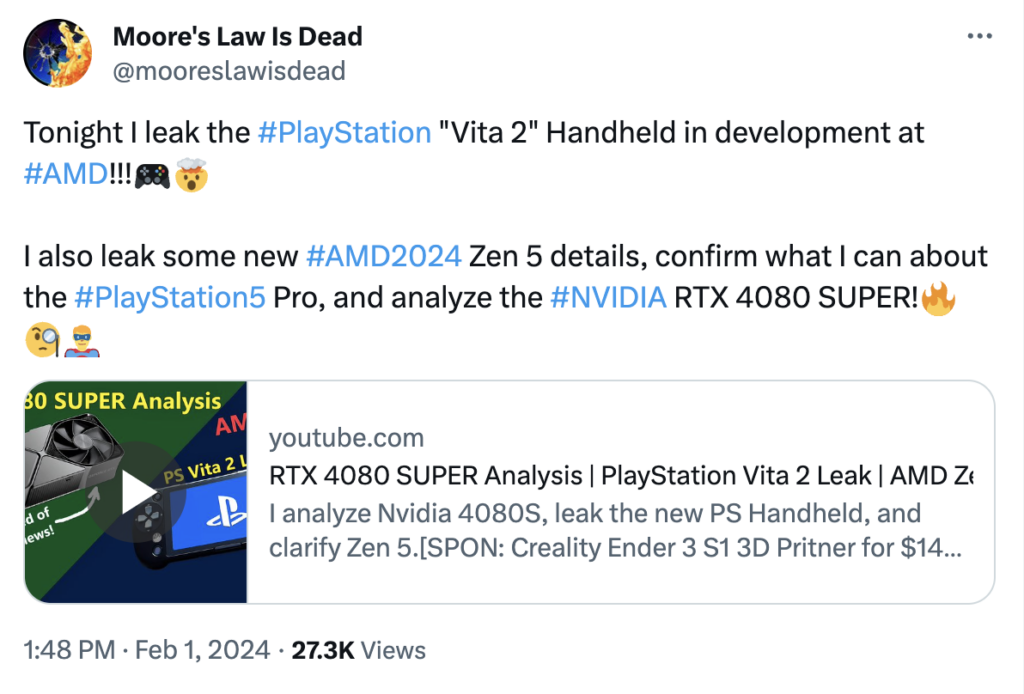
When GlobalFoundries abandoned development of its 7nm-class process technology in 2018 and refocused on specialty process technologies, it ceased pathfinding, research, and development of all technologies related to bleeding-edge sub-10nm nodes. GlobalFoundries has disclosed that some of the company’s clients are leaving for other foundries, as they adopt sub-10nm technologies faster than GlobalFoundries expected. There are 4 key reasons why companies migrate to “single-digit nanometers” (e.g., 5 nm, 7 nm): they want to get higher performance, they want to get lower power, they want to reduce their costs by reducing die size, and most often, they want a combination of all 3 factors. For now, the best node that GlobalFoundries has to offer is its 12LP+ fabrication process which is substantially better than its 12LP and 14LPP process technologies and should be comparable to 10nm-class nodes of other foundries. (CN Beta, AnandTech, Seeking Alpha)
Japan’s semiconductor firm Renesas Electronics said it would acquire Sydney-listed software company Altium in a deal with an equity value of AUD9.1B (USD5.91B), as it seeks to streamline its electronics design process. Renesas’s announced acquisition of Australian-listed software firm Altium may clear a path for it to become a semiconductor development and design platformer. (CN Beta, Renesas, Reuters, CNBC)
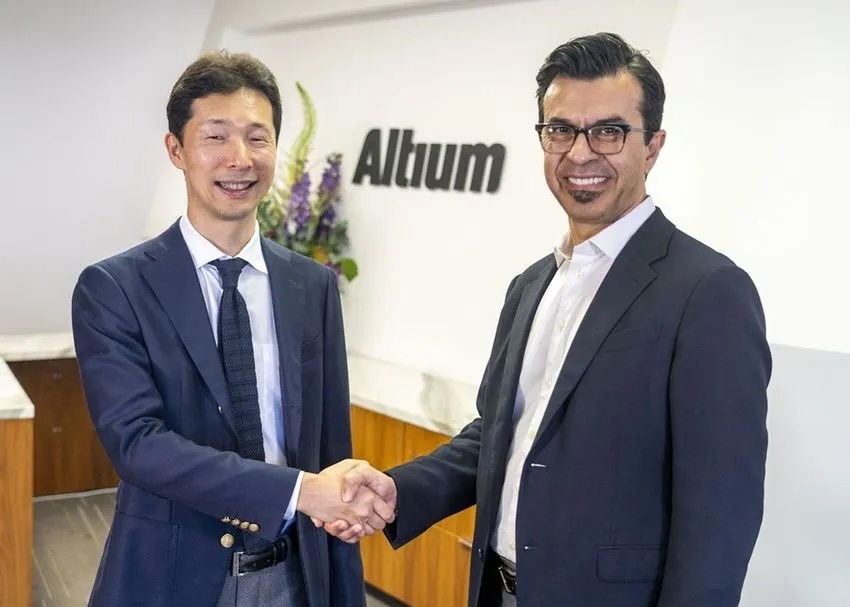
Nvidia has disclosed investments in Arm Holdings, SoundHound AI and the biotech company Recursion Pharmaceuticals. Nvidia disclosed that it owned about 1.7M shares of the AI company as of the end of Dec 2023, and those were worth roughly USD3.7M as of then. Nvidia’s position in Arm, which it previously tried to acquire, was worth USD147M as of the end of Dec 2023. Its holdings in Nano-X were worth about USD400,000, its holdings in Recursion were worth about USD76M, and its position in TuSimple was worth roughly USD3M at that same time. (CN Beta, Yahoo, MorningStar)

Samsung and Huawei are reportedly ramping up efforts to create new foldable designs amid their competitors exiting the foldable market. Huawei is beginning to “mass produce” a new dual-hinged / dual-foldable phone. Huawei is attempting to simultaneously target the PC and tablet market with this new foldable design. Huawei could be released during 2H24. Samsung has been developing a “device with a rollable display”. However, there are rumors that Samsung could be interested in a tri-fold smartphone similar to Huawei. OPPO and vivo have reportedly dropped out of the foldable industry. The catalyst behind this decision is supposedly due to a “significant” drop in both respective companies’ foldable market share in 2023. (Android Central, Hankyung, SamMobile)
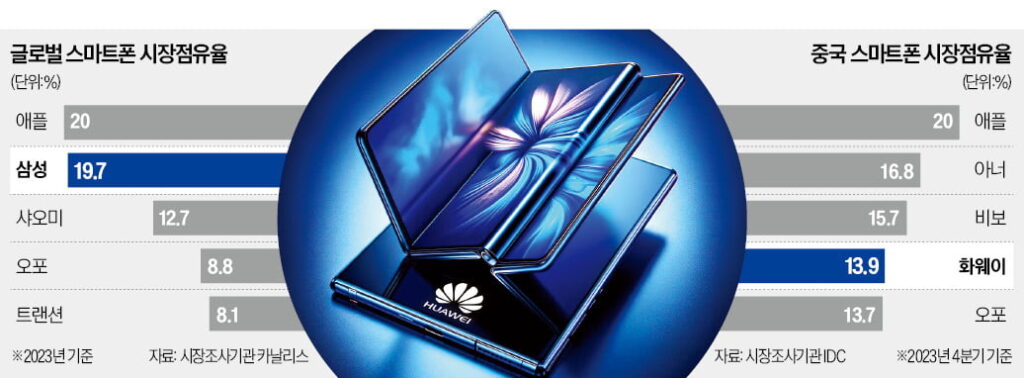
Huawei is seemingly planning to launch its third clamshell foldable smartphone in 2024, which is allegedly dubbed “Huawei Pocket 2”. The phone is coming in Plain Black, Dark Purple, and Rococo White colors.(Android Headlines, GSM Arena, Huawei Central)
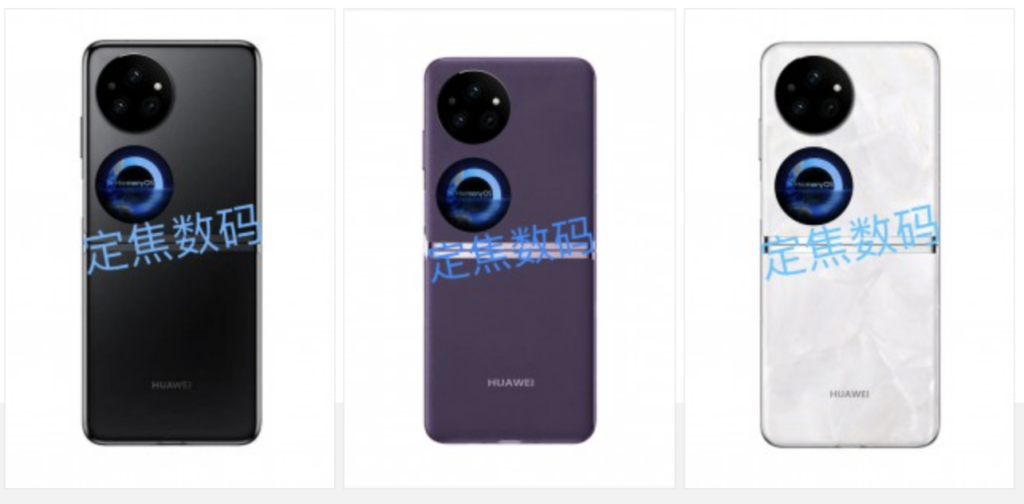

Some smartphone manufacturers are reportedly preparing to stop making exclusive partnerships for imaging systems and will set up their own private companies. First of all, it is not known which brand will establish its own imaging company. It is thought that vivo or OPPO will set up their own special imaging company. Formerly, Huawei ended its partnership with Leica and created its own company called XMAGE. This company works to improve the photo and video quality of Huawei devices. (Gizmo China, Weibo)


Micron has unveiled the industry’s first standard low-power compression attached memory module (LPCAMM2) available in capacities from 16GB to 64GB, which delivers higher performance, energy-efficiency, space savings and modularity for PCs. Sampling now with production in the first half of 2024, LPCAMM2 is the first disruptive new form factor for client PCs since the introduction of small outline dual inline memory modules (SODIMMs) in 1997. Micron’s LPDDR5X DRAM incorporated into the innovative LPCAMM2 form factor will provide up to 61% lower power1 and up to 71% better performance for PCMark 10 essential workloads such as web browsing and video conferencing,2 along with a 64% space savings over SODIMM offerings.(Liliputing, Micron)
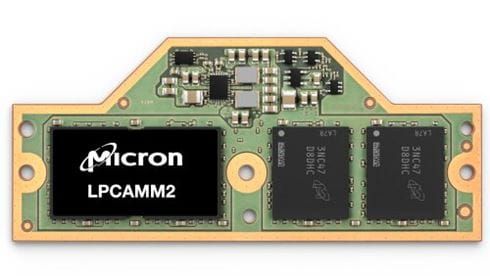

Samsung has announced that the sleep apnea feature1 on the Samsung Health Monitor app has received De Novo authorization from the U.S. Food and Drug Administration (FDA). This feature, which detects signs of sleep apnea using a compatible Samsung Galaxy Watch and phone, was the first of its kind to be authorized by the FDA. The sleep apnea feature enables users over the age of 22 who have not been diagnosed with sleep apnea to detect signs of moderate to severe obstructive sleep apnea (OSA) over a two-night monitoring period, a common and chronic sleep condition that often goes undiagnosed and untreated. To utilize the feature, users can simply track their sleep twice for more than four hours within a ten-day period. (CN Beta, Samsung)
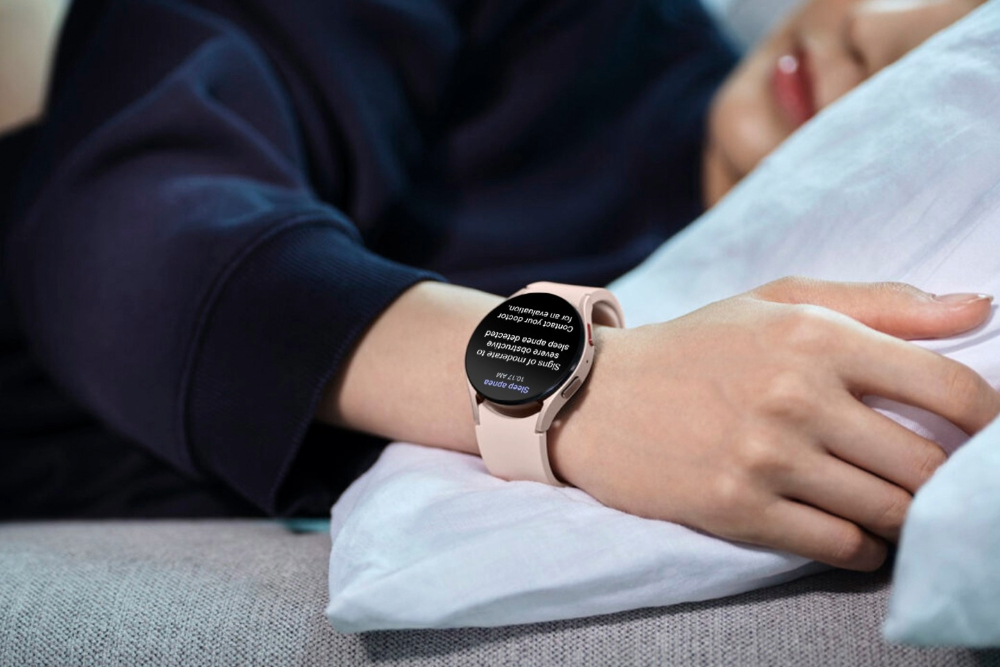
Samsung is exploring the development of noninvasive glucose monitoring and continuous blood pressure checking. This development aligns with Samsung’s commitment to enhance its health-related offerings. Hon Pak, Samsung’s digital health chief, emphasized the significance of achieving continuous blood pressure and glucose monitoring. (Android Headlines, Bloomberg, The Star)
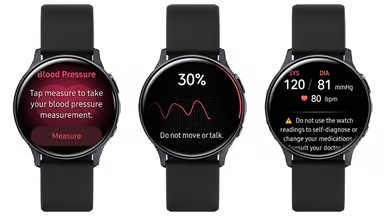

Samsung Electronics and Vodafone, in collaboration with AMD, announced that the three companies have successfully demonstrated an end-to-end call with the latest AMD processors enabling Open RAN technology, a first for the industry. Conducted in Samsung’s R&D lab in Korea, the first call was completed using Samsung’s versatile, O-RAN-compliant, virtualized RAN (vRAN) software, powered by AMD EPYC 8004 Series processors on Supermicro’s Telco/Edge servers, supported by Wind River Studio Container-as-a-Service (CaaS) platform. This demonstration aimed to verify optimized performance, energy efficiency and interoperability among partners’ solutions. (CN Beta, Samsung)

Samsung Research America (SRA), a leading research and development organization of Samsung Electronics, has partnered with Princeton University to shape the future of 6G wireless and networking systems. In 2023, Princeton University’s School of Engineering and Applied Science established the NextG Initiative to accelerate the adoption of new technologies and increase the flow of innovation across a range of topics — including cloud and edge networks, intelligent sensing, and network resilience. Recently, the NextG Initiative launched a corporate affiliates program to champion for these technological advancements and encourage cooperation between academia, industry leaders and policymakers. (GSM Arena, Samsung)


Google CEO Sundar Pichai has announced that his company has logged 100M subscriptions to Google One, its all-in-one subscription service that opens up additional storage for free services like Gmail, Drive, and Photos, as well as access to more features. Google’s YouTube Premium service took 9 years to get there, but it, too, recently hit 100M subscribers, thanks to ad removal and extra features like music or high-quality streaming (and at the same time as YouTube made changes to crackdown on ad blockers). (The Verge, Twitter)


A new forecast from IDC shows shipments of artificial intelligence (AI) PCs – personal computers with specific system-on-a-chip (SoC) capabilities designed to run generative AI tasks locally – growing from nearly 50M units in 2024 to more than 167M in 2027. By the end of the forecast, IDC expects AI PCs will represent nearly 60% of all PC shipments worldwide. Until recently, running an AI task locally on a PC was done on the central processing unit (CPU), the graphics processing unit (GPU), or a combination of the two. However, this can have a negative impact on the PC’s performance and battery life because these chips are not optimized to run AI efficiently. PC silicon vendors have now introduced AI-specific silicon to their SoCs called neural processing units (NPUs) that run these tasks more efficiently. (CN Beta, IDC)
Lenovo is reportedly developing an artificial intelligence (AI) operating system that could potentially rival Microsoft Windows 11. Liu Jun, executive vice president of Lenovo Group and president of China, has hinted at plans to release an AI OS this year as part of its strategy to fully promote its AI business. Liu Jun says Lenovo’s new AI OS will be built around multi-terminal products, with a focus on AI PCs and personal agents. The company is set to release a series of AI PCs in 1H24. These devices are said to have multi-modal natural language interaction capabilities, greatly improving intent understanding and better understanding user needs. (Android Headlines, Gizmo China, TechRadar, iFeng)
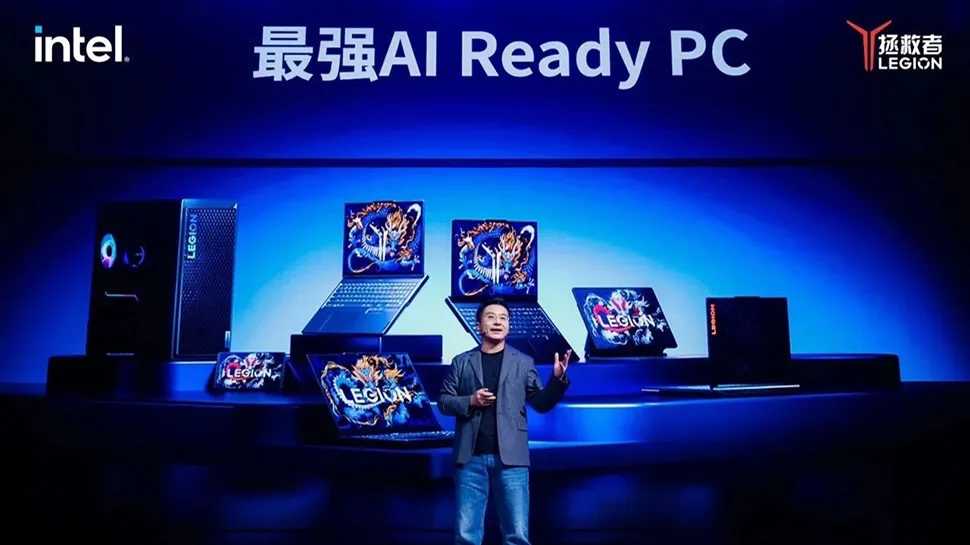

Singapore-based Brilliant Labs announced its new product, Frame, a pair of lightweight AR glasses powered by a multimodal AI assistant called Noa. In addition to voice commands, Noa is capable of visual processing, image generation and translation, thanks to the handful of AI models it has integrated: conversational search engine Perplexity AI; Stability AI’s text-to-image model Stable Diffusion; OpenAI’s latest text-generation model GPT4; and the speech recognition system Whisper. Frame’s lenses have a resolution of 640 x 400 for displaying videos and photos. (TechCrunch, The Verge)
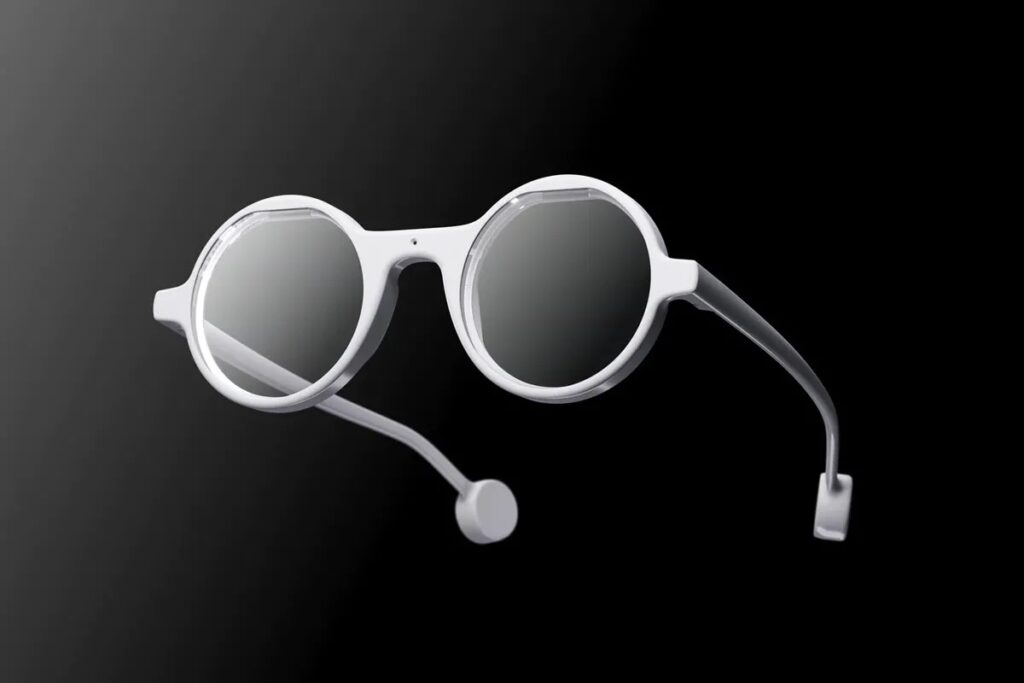

Samsung has a TV manufacturing facility in Russia and is considering leasing it out to other companies. The local electronics wholesaler VVP Group will start making equipment under its own brand and for other brands using Samsung’s TV plant. Samsung invested USD137M in opening this TV factory back in 2008. It was opened in the Kaluga region, which is 48 miles (80km) away from Moscow. Samsung is following the trend where several other global firms have either halted sales of their products and services in Russia or completely stopped their operations due to the country’s invasion of Ukraine. (Gizmo China, Reuters, Kommersant, SamMobile)
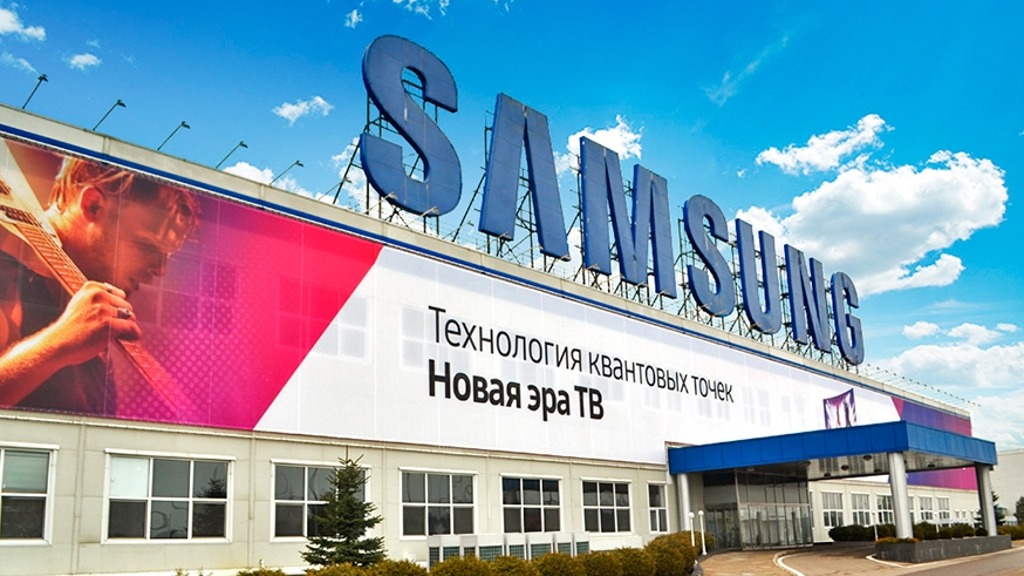
Walmart allegedly wants to acquire TV maker Vizio to battle Roku and Amazon Fire TV. The acquisition would allow Walmart to boost its advertising business and directly pitch its products to potential customers. The deal is reportedly worth USD2B. Vizio and Walmart have been close partners for many years. Vizio is currently Walmart’s largest customer and the best-selling TV brand in Walmart stores. (Android Headlines, WSJ)
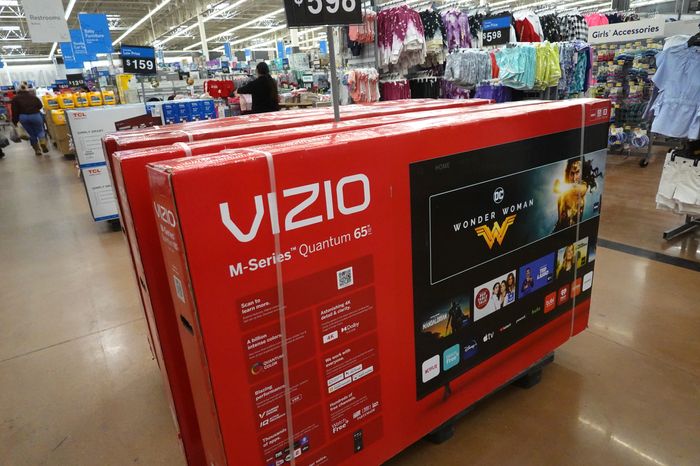

Arrival has announced in a regulatory filing that its U.K. division is entering administration, the country’s version of bankruptcy. The troubled company, which went public in 2021 via a merger with a special purpose acquisition company, said it is looking to sell its U.K. assets and intellectual property in order to pay back the lenders that helped it stay afloat. Arrival says other subsidiaries outside the U.K. will continue to operate. (TechCrunch, Fortune, AutoWeek, The Guardian, Arrival)
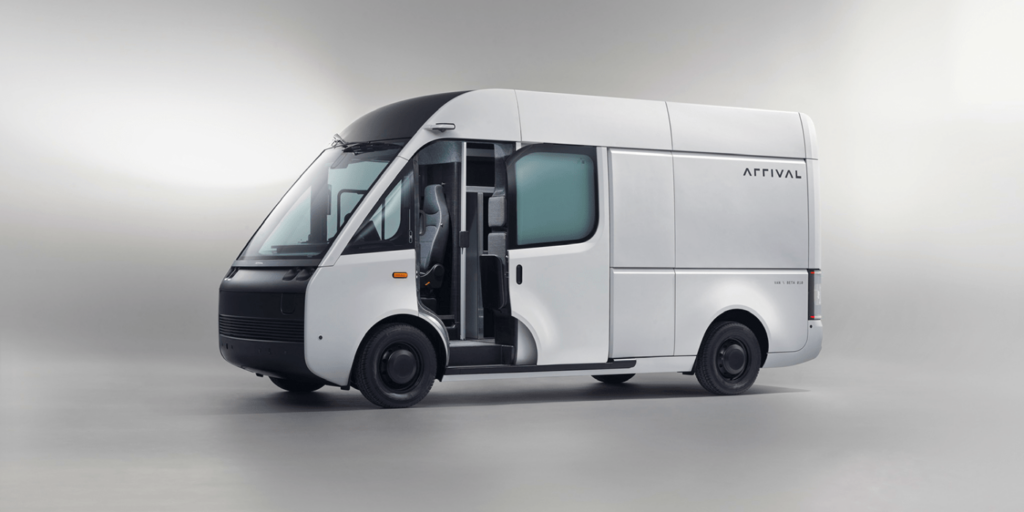
A joint venture between Sony Group and Honda Motor will introduce 3 electric vehicle models by the late 2020s as the corporate heavyweights gear up to compete in an increasingly competitive and global EV market. Sony Honda Mobility will debut a sedan in 2025, an SUV in 2027 and an “affordable” compact in 2028 or later. The 3 models will go up against Tesla in the U.S. Sony Honda Mobility previously indicated that the sedan EV will be launched under the Afeela brand. Now it appears 2 more models will be included in the line. The three models will share the same chassis to reduce costs and speed up development. The Afeela Sedan, which the company has dubbed a “high-value-added EV,” is expected to be priced at more than JPY10M (USD66,413). (CN Beta, Asia Nikkei, Reuters, Auto News)
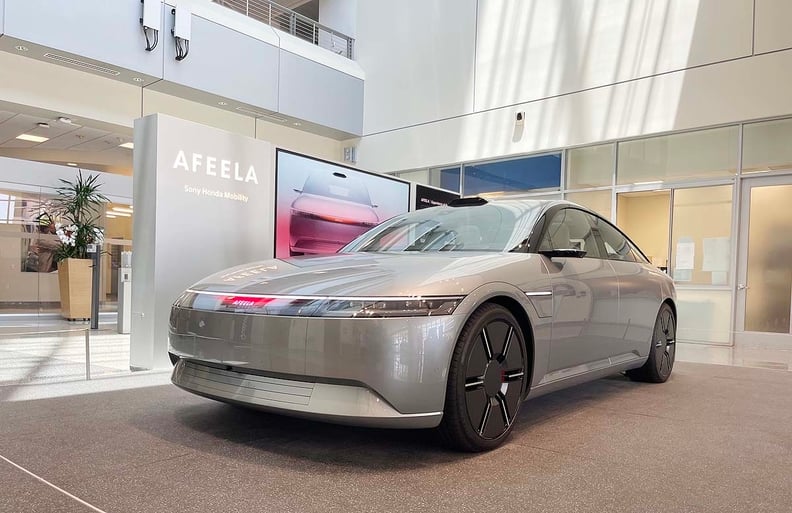

Google has announced a bunch of new features for classroom management, accessibility, and AI-powered features for creating questions and lesson plans as part of the Bett ed-tech event in the UK. Google already allows teachers to add questions to a YouTube video as part of its Classroom assignment. The company said that soon, AI will help with suggestions for questions at different timestamps. The company added that the Practice sets feature, which uses AI to create answers and general hints, is now available in over 50 languages. Plus, educators can turn a Google Form into a practice set. Additionally, Google is introducing a new Resources tab to manage practice sets and interactive questions asked during a video. (TechCrunch, Google)
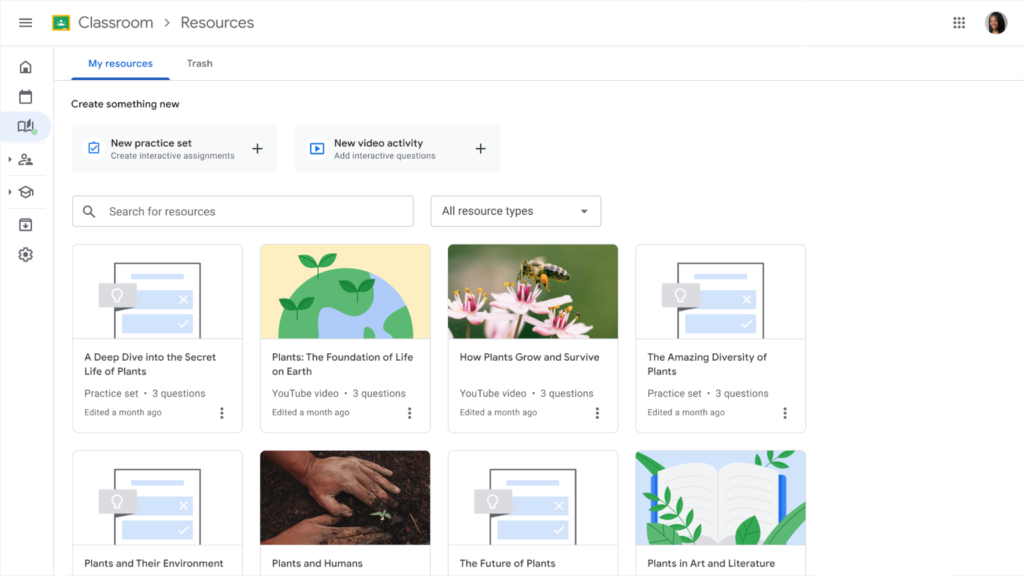
Entrust, a global leader in trusted payments, identities, and data security, has announced that it has entered into exclusive discussions to acquire London-based Onfido, a global leader in cloud-based, AI-powered identity verification (IDV) technology, for a figure “well above” USD400M. With this contemplated acquisition, Entrust would add a market-leading, compliant AI/ML-based biometric and document IDV tech stack to its portfolio of identity solutions. Additionally, Entrust would have the opportunity to advance the use of biometric-based, highly phishing-resistant authentication in high-value transactions and signing events.(TechCrunch, Entrust, Reuters)
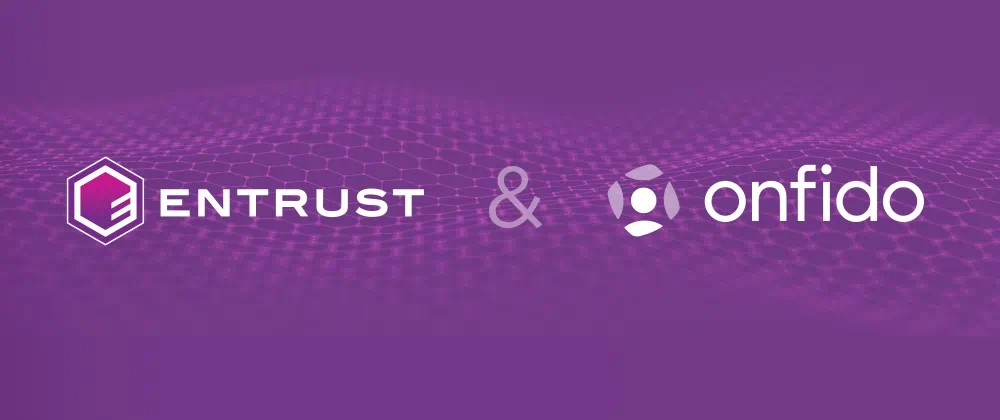
Google has announced that it is renaming its Bard chatbot to Gemini, releasing a dedicated Gemini app for Android, and even folding all its Duet AI features in Google Workspace into the Gemini brand. It also announced that Gemini Ultra 1.0, the largest and most capable version of Google’s large language model, is being released to the public.(The Verge, Google)
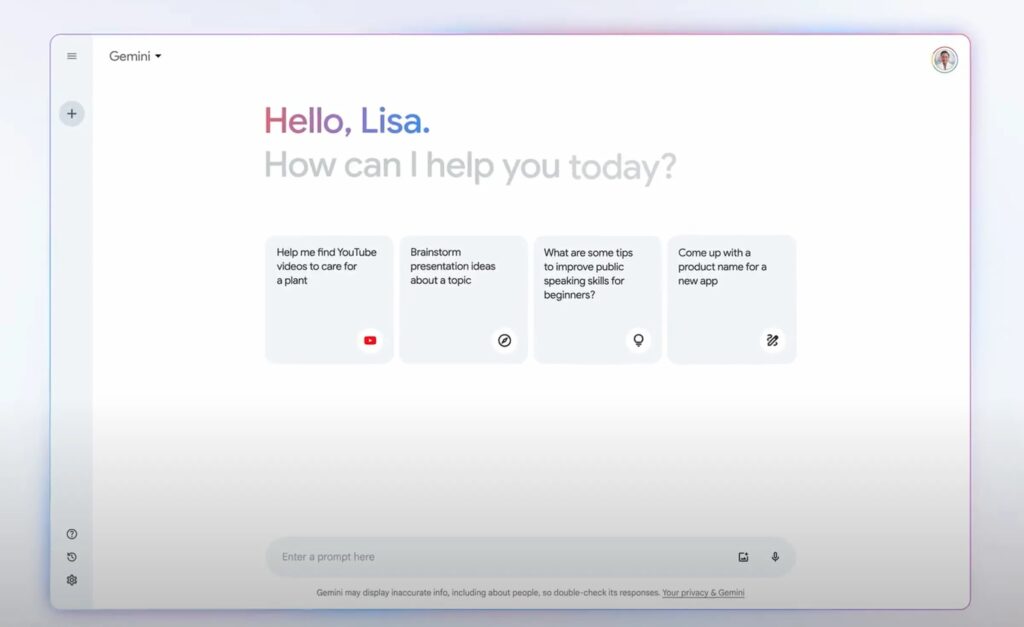
Nokia has announced the launch of MX Workmate, a suite of operational technology (OT)-compliant tools, that makes it easier for industrial workers to interact with industrial machines. MX Workmate leverages Generative AI (GenAI) and large language module (LLM) technologies to generate contextual, human-like language content based on real-time OT data, enabling workers to understand complex machines, get real time status information and industries to achieve greater flexibility, productivity, sustainability, as well as improve worker safety. (Android Headlines, Nokia)
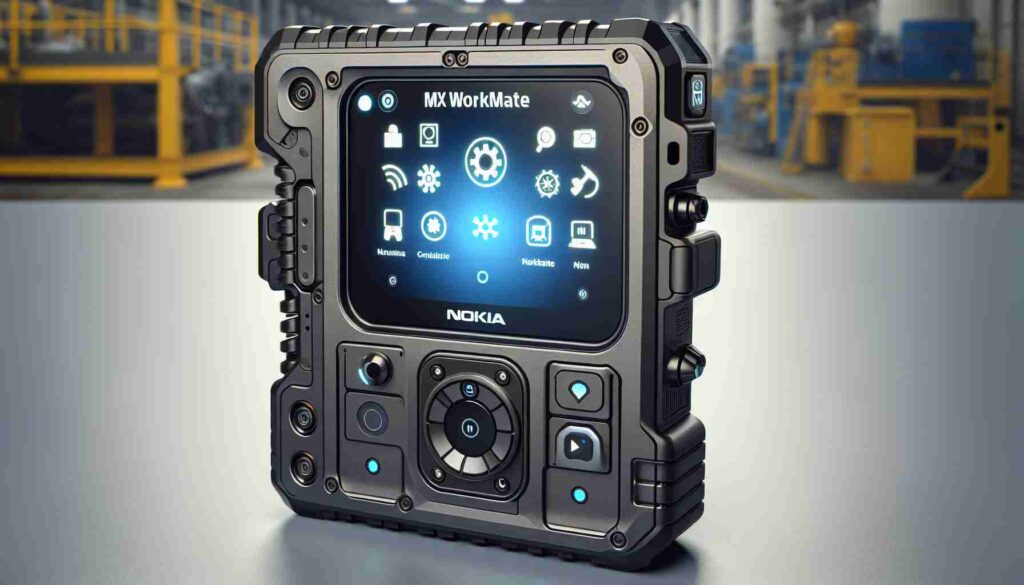
Stability AI, the company behind the AI image generator Stable Diffusion, has previewed an entirely new text-to-image model called Stable Cascade.The new model is built on something called Würstchen architecture which “combines competitive performance with unprecedented cost-effectiveness for large-scale text-to-image diffusion models”. Stable Diffusion is well-known for its ability to make bespoke AI image generator models because of its open-source approach; users can download the software and run it from their own computers offline. The company adds that, “Stable Cascade is exceptionally easy to train and finetune on consumer hardware”.(CN Beta, The Verge, Stability AI, PetaPixel)

Google focuses Gemini on the smartphone form factor. It is leaving Google Assistant in place on Smart Displays, speakers, TVs, cars, and Wear OS, though the “Gemini mobile app is coming to headphones”. A beta version of the Google app (15.6) has contained the following message: “Gemini mobile app is working on expanding availability to make it accessible on your headphones”.(GSM Arena, 9to5Google)
